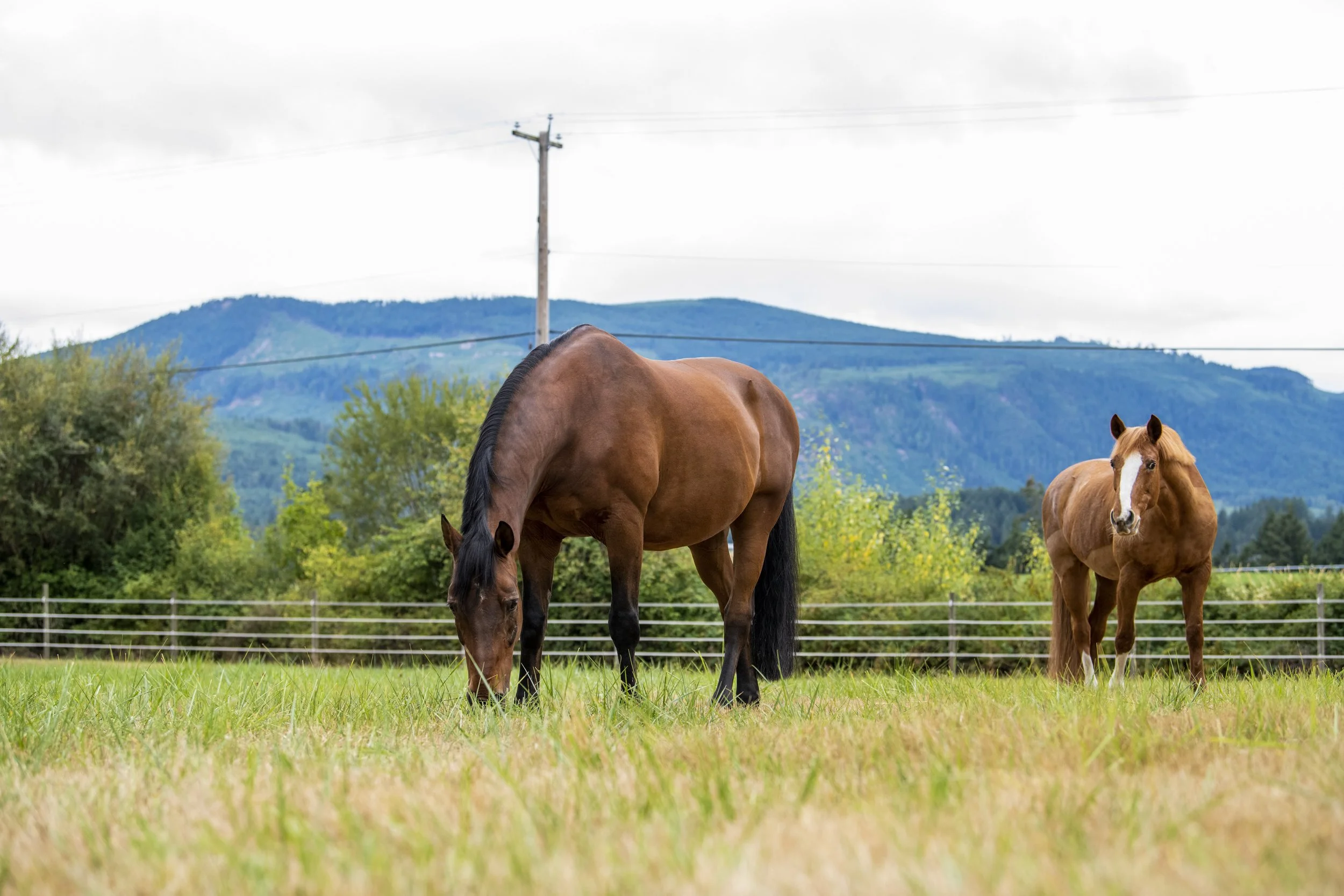Does My Horse Have Equine Cushing’s Disease?
It’s May. The weather is warming, flowers are blooming, and the grass is lush and green. Most horse owners are brushing the last of the shedding horse hair from their clothes by now. But for some reason, your horse still seems to think it’s January! His hair is long and shows no signs of loosening up.
Could your horse have equine Cushing’s Disease? Delayed shedding is a common clinical sign, And if your horse is older, then Cushing’s is probably one of your concerns.
Equine Cushing’s Disease, or PPID (pituitary pars intermedia dysfunction) is not as easy to diagnose as one might think. In this blog, we’ll highlight three things you might not have known about diagnosing PPID/equine Cushing’s Disease.
It Depends On When You Test Your Horse’s Blood
A long, shaggy hair coat that doesn’t seem to want to shed out as the days grow longer is a frequently observed clinical sign of PPID. If it were my horse, I would likely be anxiously dialing my veterinarian’s phone number.
But PPID/Cushing's tests conducted in the spring of the year will often return a false negative. The reason - in horses, the largest spike in ACTH occurs in the fall, making the cooler months of autumn the best time of year to test the level of ACTH (adrenocorticotropic hormone) in the blood. ACTH is a hormone released from the pituitary gland in the brain.
Horses in the early stages of Cushings Disease may not have ACTH levels out of the normal ranges in the spring.
Your Horse Can Test Negative for PPID, But Still Have the Disease
There are many well-documented clinical symptoms of PPID/Cushing’s. Calling your veterinarian if you are concerned is never a bad idea. He or she will be best to help you evaluate the situation.
Some horses who are diagnosed symptomatically with PPID/Cushing’s will never test positive based on ACTH levels.
Common clinical symptoms of equine Cushing’s Disease include:
Long, shaggy, curly coat
Delayed shedding
Increased sweating
Lethargy
Excessive thirst, drinking, and urination
Weight loss- particularly topline muscle wasting
Less obvious signs may include:
A distended or bloated-looking belly
Elevated insulin levels often resulting in laminitis
Abnormal reproductive cycles
Skin infections or scurfiness
Recurrent Infections
Your Young Horse Could Have Cushing’s
Although PPID/Cushing’s is most recognized as a disease of ponies and older horses, it can affect horses of all ages and breeds. Even your young, fit, and healthy horse can have abnormal ACTH levels, and thus be diagnosed with PPID/Cushing’s.
If you think that your horse might have Cushing’s, consult with your veterinarian.
Your veterinarian may also know of programs offered by pharmaceutical companies to assist with the cost of testing. An example is Boehringer Ingelheim’s ID PPID Testing Program.
Learn More About PPID/Cushing’s Disease
To learn more about PPID/Cushing’s Disease, please visit these links:
https://www.foxvalleyequine.com/equine-cushings-disease-acth-testing/
https://ker.com/equinews/equine-cushings-disease-back-basics/
https://vmc.usask.ca/care/equine-health/resources/ppid.php#Generalinformation

